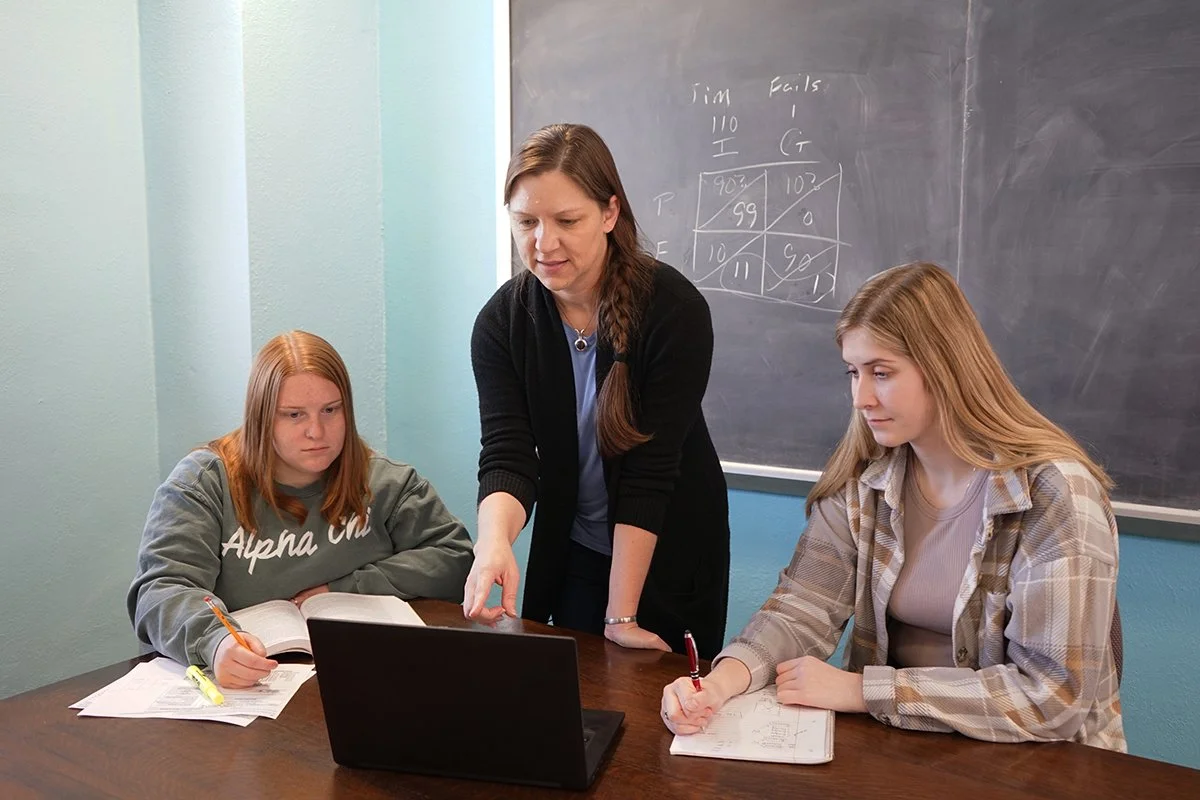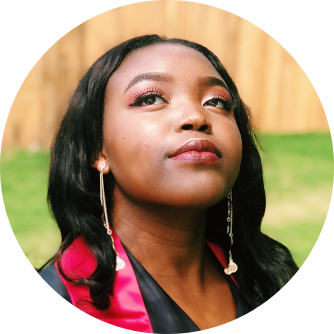The most common question I get asked about retrieval practice (and the answer)
/I’ve been conducting research on learning, teaching students about learning, and sharing the science of learning with educators for 20 years (yes, 20 years). Over these two decades, there is one question that comes up time and time again: What is the optimal timing for retrieval practice?
The answer—from the world’s expert on spaced retrieval practice, Dr. Shana Carpenter—may surprise you. Continue reading to learn about spacing, Dr. Carpenter’s research, and how to incorporate spacing in your teaching.
Dr. Carpenter is also a contributing author in my new book, Smart Teaching Stronger Learning. You can purchase my book in paperback and Kindle/e-book from Amazon, major retailers, and independent bookstores online. Via Bookshop.org, get the book shipped to you, the price is currently the same as Amazon, and proceeds go to an independent bookstore of your choice. Did you know I have free book resources, too?
Download my “cheat sheet” of a teaching tip from each chapter
Download my list of 2 additional readings per chapter for your book club, faculty learning community, and courses
Also, I’m hosting a free subscriber-only Zoom Party soon. Subscribe for my newsletter to receive the Zoom registration link.
When should you give students retrieval practice?
As cognitive scientist and educator Dr. Shana Carpenter explains in Smart Teaching Stronger Learning: “Research reveals that the key to successful learning is not the total time spent learning, but the way in which studying and teaching time is used.”
When studying for exams, students typically cram. I crammed when I was a student, and you probably did, too. Why? Because cramming works! A ton of research on learning demonstrates that cramming improves short-term learning, but then that information is quickly forgotten. As I like to say, easy learning is easy forgetting.
On the other hand, when students space out their studying into smaller sessions over time, spaced retrieval practice (also called spacing) improves students’ long-term learning and transfer of knowledge in a variety of subject areas. As Dr. Carpenter shares on YouTube (at 12:55 and 29:30, with a special appearance by her “vintage” senior dog, Pepe), students could spend 3 hours studying all at once, or spend 30 minutes studying each day for 6 days. It’s the same amount of time spent studying, but students learn and remember significantly more with spacing. Whether students engage in retrieval practice over days, weeks, or months, research shows that any spacing is better than none.
So, what is the optimal amount of spacing for retrieval practice? There is no optimal amount. And based on decades of research by Dr. Shana Carpenter, spacing is flexible. It’s tempting to search for the perfect “recipe” for spacing out retrieval practice, but the flexibility of spacing frees us to be creative and flexible in the classroom.
Here are teaching tips from Dr. Carpenter, which are included in our free Spacing Guide PDF:
Break up lessons or units into smaller sessions over multiple days
Break up exams into smaller assignments each week
Incorporate retrieval practice in the middle of lessons. You don’t need to start or end every lesson with retrieval practice.
As a rule of thumb from Dr. Carpenter, “put enough time in between something so it’s not fresh in your mind when you come back to it,” even as short as 10 minutes later. Since there is no optimal amount of spacing, you can provide spaced opportunities for learning on a schedule that works best for you and your students.
Learn about Dr. Shana Carpenter
Dr. Shana Carpenter (she/her) is a Professor of Psychology at Oregon State University near Portland, Oregon. She specializes in research on cognitive science principles that can be applied in classrooms to help students retain information, transfer what they have learned to new situations, and improve their awareness of their own learning.
Dr. Carpenter is the world’s leading expert on spacing (also known as “spaced repetition”), with recent research on the use of pre-questions for retrieval practice. If you’re familiar with tech tools for students that use spacing, like Anki and Quizlet (plus hundreds of videos on YouTube about using spaced repetition as a study strategy), these flashcard algorithms and study tips are all based directly on Dr. Carpenter’s research.
She is the author of over 70 published journal articles and book chapters, and her work has been featured in The Washington Post, Forbes, The Chronicle of Higher Education, and Edutopia. She earned her Ph.D. from Colorado State University, followed by a post-doctoral fellowship at the University of California, San Diego, and a professorship at Iowa State University.
Dr. Carpenter is also a teacher. She teaches undergraduate courses and advanced seminars on cognitive psychology, memory, and research methods. She gives talks and interviews on the science of learning, both in the U.S. and internationally, and facilitates professional development workshops at schools, universities, and organizations. Click here for Dr. Carpenter’s contact info and reach out to her for more information about her speaking, her research—and of course, her teaching.
Recommended publications by Dr. Carpenter:
Carpenter, S. K., King-Shepard, Q., & Nokes-Malach, T. (2023). The prequestion effect: Why it is useful to ask students questions before they learn, published in In Their Own Words (download the e-book and click here for a detailed literature review about prequestions)
Carpenter, S. K., Pan, S. C., & Butler, A. C. (2022). The science of effective learning with spacing and retrieval practice. Nature Reviews Psychology, 1(9), 496-511. This publication by Dr. Carpenter was selected as one of the 10 Most Significant Education Studies in 2022 by Edutopia.
Carpenter, S. K., Cepeda, N. J., Rohrer, D., Kang, S. H., & Pashler, H. (2012). Using spacing to enhance diverse forms of learning: Review of recent research and implications for instruction. Educational Psychology Review, 24(3), 369-378.






















